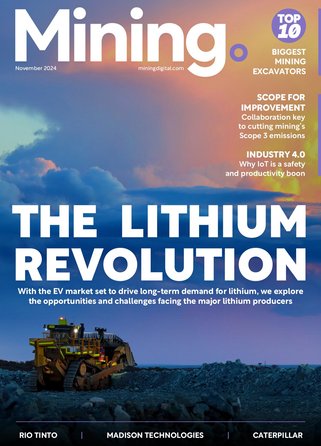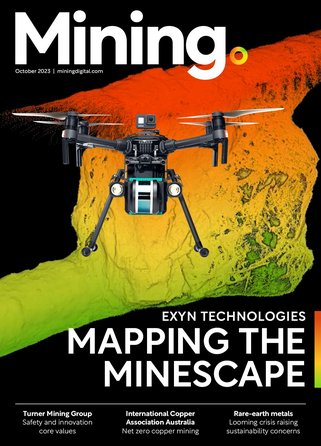Rio Tinto receives green light from EPA for West Angelas expansion at Pilbara

Rio Tinto has received approval from the Environmental Protection Agency for its plans to expand operations at its West Angelas iron ore mine in Pilbara, Western Australia.
The EPA has recommended the mine for environmental approval subject to conditions including the protection of national park water resources and threatened ghost bats.
Rio Tinto propose to to expand open-cut mining at the West Angelas mine site, 130km north-west of Newman, by 4,100 hectares (ha) to 26,700 ha.
The West Angelas expansion is part of Rio Tinto’s Robe River joint venture with Mitsui and Nippon Steel & Sumitomo Metal to produce the premium Pilbara Blend iron ore and Robe Valley lump and fines in the coming years. Rio Tinto plans to begin construction this year ahead of a forecasted production start in 2021.
Rio Tinto Iron Ore chief executive Chris Salisbury commented: “The additional Robe Valley deposits will enable us to continue to provide a highly valued product to our long-term customers across Asia.”
SEE ALSO:
Caterpillar supports Rio Tinto in creation of technologically advanced Koodaideri mine
Rio Tinto ramps exploration activity at Winu Project in Paterson Province, WA
Rio Tinto and China Baowu negotiating extension of Pilbara iron ore JV
Read the latest issue of Mining Global here
As a result of roundtable discussions with proponent Robe River Mining Co Pty Ltd and the EPA – regarding the impact to Karijini National Park of pumping up to 14 gigalitres annually (GL/a) of groundwater for the proposal – the EPA has recommended a condition for Managed Aquifer Recharge (MAR) to maintain groundwater levels.
To further protect the national park from up to 12 GL/a of proposed surplus water discharge into Turee Creek East, and minimise the impact on riparian vegetation, the EPA recommended conditions including rigorous monitoring under an environmental management plan (EMP).
Further conditions in the EMP, and for rehabilitation under an updated mine closure plan, are recommended to minimise impacts of clearing native vegetation and other disturbances to habitat for conservation-significant fauna.
To offset the significant residual impact of additional clearing – including to the West Angelas Cracking Clay Priority Ecological Community, riparian vegetation, and disturbance to threatened species including the ghost bat – the EPA recommended contributions to the Pilbara Environmental Offset Fund.
EPA Deputy Chair Robert Harvey acknowledged “the scientific rigour of the environmental assessment work and conditions to ensure there is no groundwater drawdown impacts on Karijini National Park, and to limit impacts to surface water flow and quality”.
“This assessment work and recommended conditions constitute a comprehensive approach to management of environmental impacts, following a proactive approach by the proponent and extensive consultation with the EPA,” he said.
- Who is Rio Tinto’s New Chief Executive Officer Simon Trott?Operations
- Rio Tinto to Acquire Arcadium Lithium for $6.7bnSupply Chain & Operations
- Rio Tinto, BHP & Glencore 'Feeling the Pinch on Copper'Supply Chain & Operations
- Rio Tinto Brings Simandou Guinea Iron Ore Saga to EndOperations



